Tactile visualization: how a textile designer becomes a fashion stylist
Please tell us a little about your professional career: where did you study and how did you come to stylistics?
I've always loved creating things with my hands. As a child , these were crafts made of plasticine, paper, and anything else I could find. At the age of 17 , the question of higher education arose, and pretty quickly I realized that I wanted to study to be a DPI artist. It turned out that this is an interesting direction in art that many underestimate. It opens up great opportunities for the fulfillment of the author's idea. During the training, it was necessary to study a large amount of material, including modern art trends. For my graduation project, I wanted to get away from the framework of museum objects and create an interactive project.
I completed my bachelor's degree at St. Petersburg State University, and then entered the A. L. Stieglitz Academy in the field of textile design. This training has given me a strong artistic and technical foundation. Working with fabrics, prints, color, texture — all this shaped my thinking. Closer to graduation, I began to become more and more interested in visual images in fashion, filming — and at some point I realized that I wanted to try my hand at stylistics. I have been working in this field for two years now and continue to learn through practice.
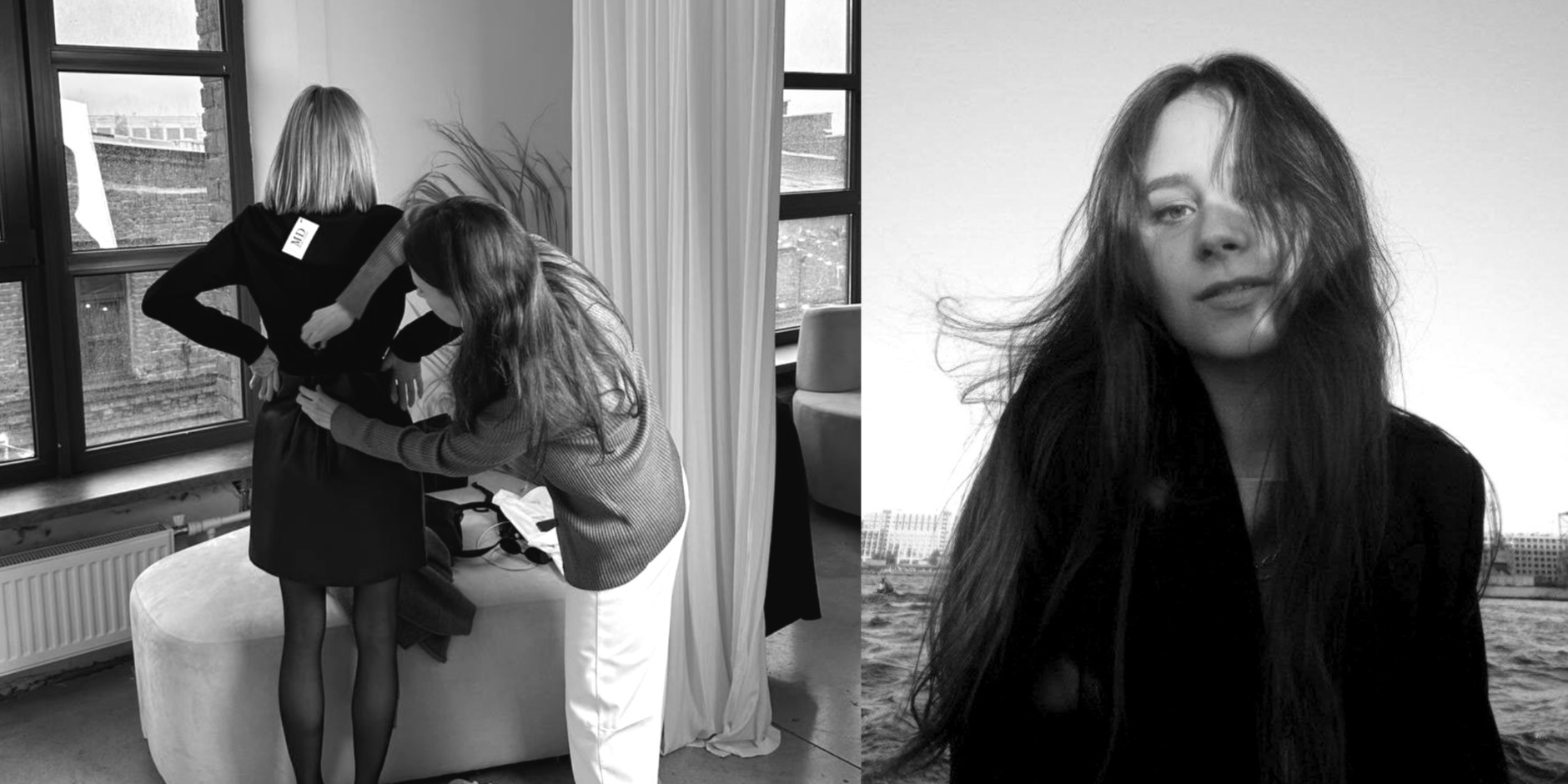
How does your experience in textile design influence the work of a stylist?
This is my base. I think through fabric — through tactility, structure, color and plasticity. When I select an image, I immediately feel how it will move, what sensations it causes at the level of perception, what it conveys tactilely. This allows you to build a deeper visual narrative. I pay attention to details that may not be so obvious: how, for example, drapery works, how a matte or glossy surface affects the reading of the image in the frame.
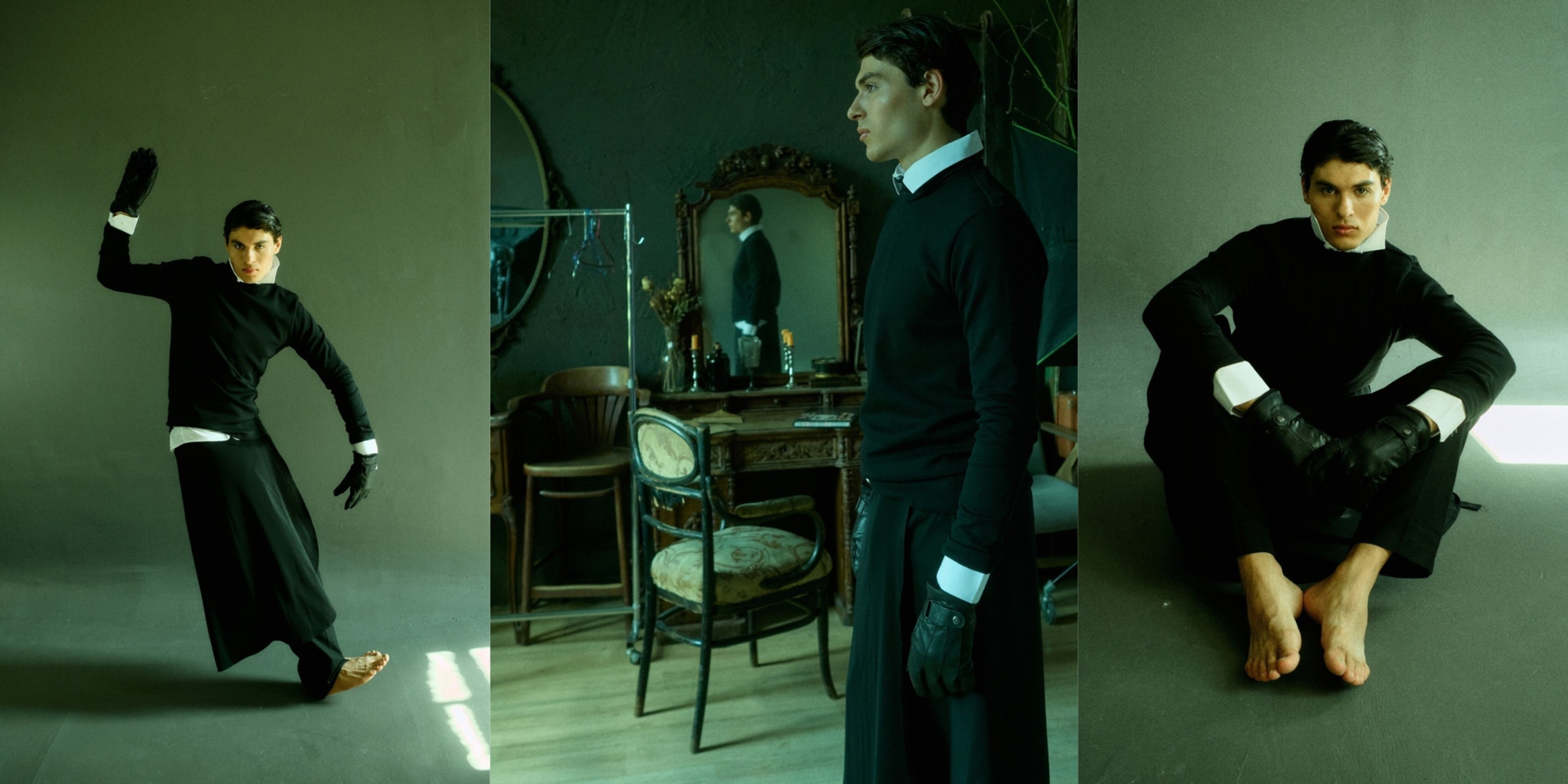
You participated in the competition and won with a project in the touch art format. Tell us what kind of project it is, how it developed and what was important for you in this experience?
This project was an important milestone for me because it allowed me to go beyond traditional textile design and unleash my expertise in a completely new field. In the competition “Generation NEXT” I presented a project in the touch art (tactile art) format is a concept that allows you to interact with art not only through sight, but also through touch. It was important for me to convey the texture and texture of the fabric through its perception by touch. Its essence is to provide the viewer with the opportunity to interact directly with the object through touch. The more I read about it, the more it fascinated me. That's how my "Meetings" project came about. While working on it, I explored the topic of sensory sensations and their significance in human life. As a result, 5 parts were completed, connected by a common idea.

The viewer's path begins with suspended threads with knots. They are a reference to ancient Greek mythology, according to which the fate of people is determined by the goddess, Moira. They spin the thread of life, measure its length, determine a person's fate, and cut it off, thereby ending life. Further, through the threads, the viewer passes to the next stage, where he is surrounded by black and white canvases that are opposite each other.
The white cloth is woven from a matte, soft, dense thread. The material itself is a cut-off edge of a knitted fabric, which allows you to give the fabric scraps a second life and corresponds to the idea of "upcycling", the creative transformation of old, unnecessary materials, waste into art objects. The white part is called "Interest". It is often difficult to describe where interest comes from, how it originates, and why we are interested in a particular subject, knowledge, or person. That is why the confusing nature of interest is It is depicted at work in the form of nodes. They are arranged in three-dimensional waves, from very small to larger ones. Growing and subsiding, the nodes show the process of a person's interest - starting with a small idea, gradually turning into something active and developing.
The black canvas is called "Search". It is made of smooth, shiny plastic bags. The three-dimensional parts of it symbolize footprints, about half blurred by the rain, erased, merging into one spot. If you pull some of them apart, you can find pieces of white threads, which refers to the name of this part – "Search" – and pushes a person to interact more actively with the canvas.
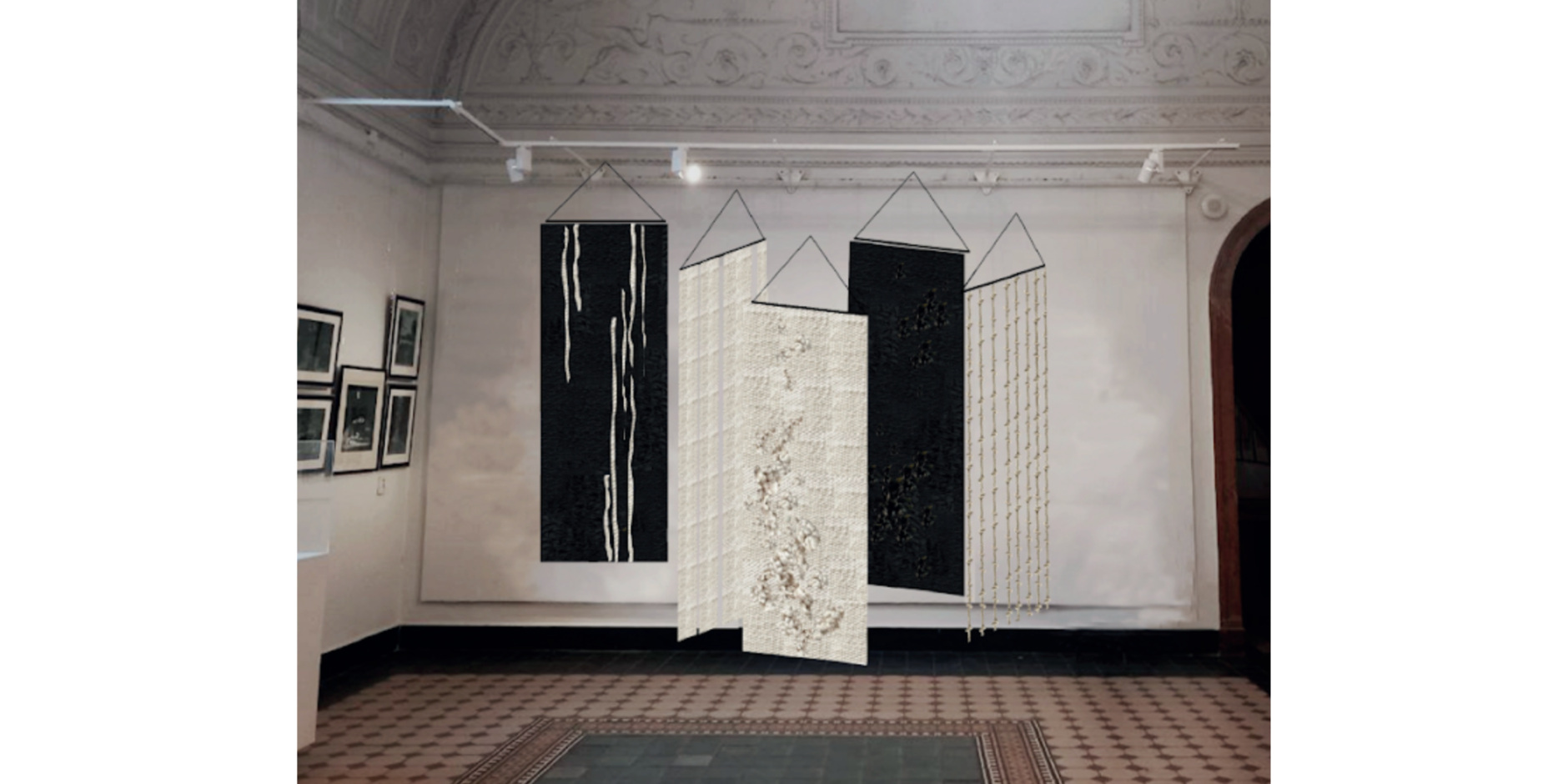
After the black and white part, the viewer goes through the "Communication" part. It consists of woven strips of different widths, hanging freely in space. This image refers to messengers, in which, like an endless ribbon, communication between people takes place. After passing through it, a person finds himself at the final point – a "Meeting". It is a fusion of two textures, two materials, two colors. This part also combines the techniques used in the black and white parts - linen filling with plastic bags and knots of knitted threads.
The peculiarity of touch art is that it involves full immersion in the perception of an object. My project aimed to evoke not only visual perception in the viewer, but also emotions through tactile sensations. It was something new for me, and winning the competition confirmed that the approach based on deep interaction with the material and its texture resonated.
As part of this project, I worked with various types of fabrics, playing with textures to achieve the desired effect — textiles that can not only be seen, but also felt with my hands. This experience opened up new possibilities for me in design and inspired me to further develop in the field of stylistics and fashion.
You mentioned that you enjoy the whole filming process, from the mudboard to the set. How do you approach the creation of a visual concept?
It all starts with a feeling. I ask myself the question: what do I want to send? what is the mood or condition behind the image? Then I create a mudboard — I collect references, textures, light, color, mood. After that, I select the images and props. On the shoot itself, I I try to be fully involved in the process — for me, stylistics is not just about choosing clothes, but creating a story. It is important to me that the image "lives" in the frame, so that it not only looks beautiful, but sounds .
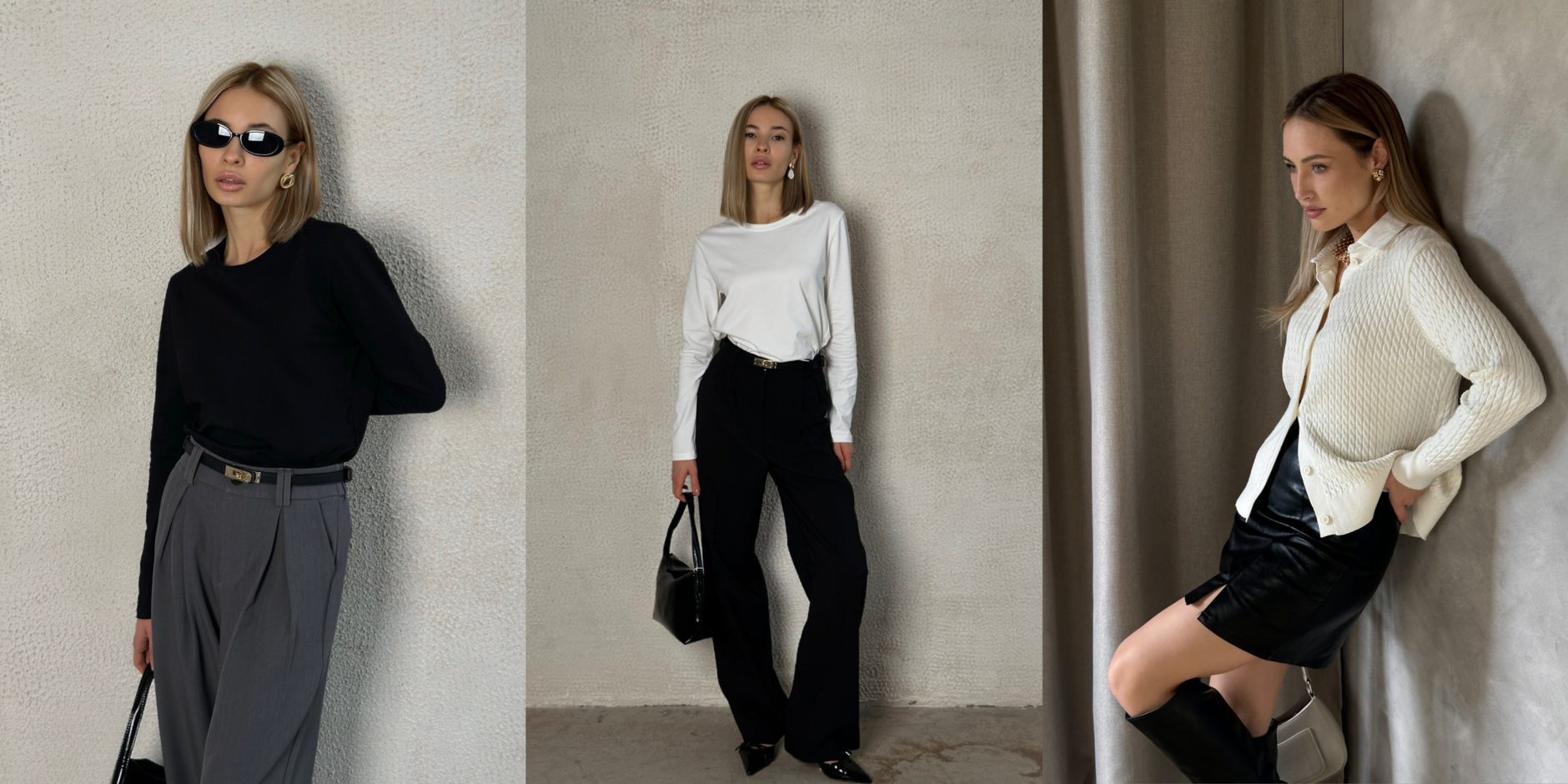
What ideas especially inspire you today?
I am inspired by everyday life and the inner world of a person. I'm watching how emotions, movements, random details can turn into an image. Now I'm interested in exploring how visual style helps to express a state, to show a real person. I believe that beauty — not only in gloss, but also in the nuances of everyday life.
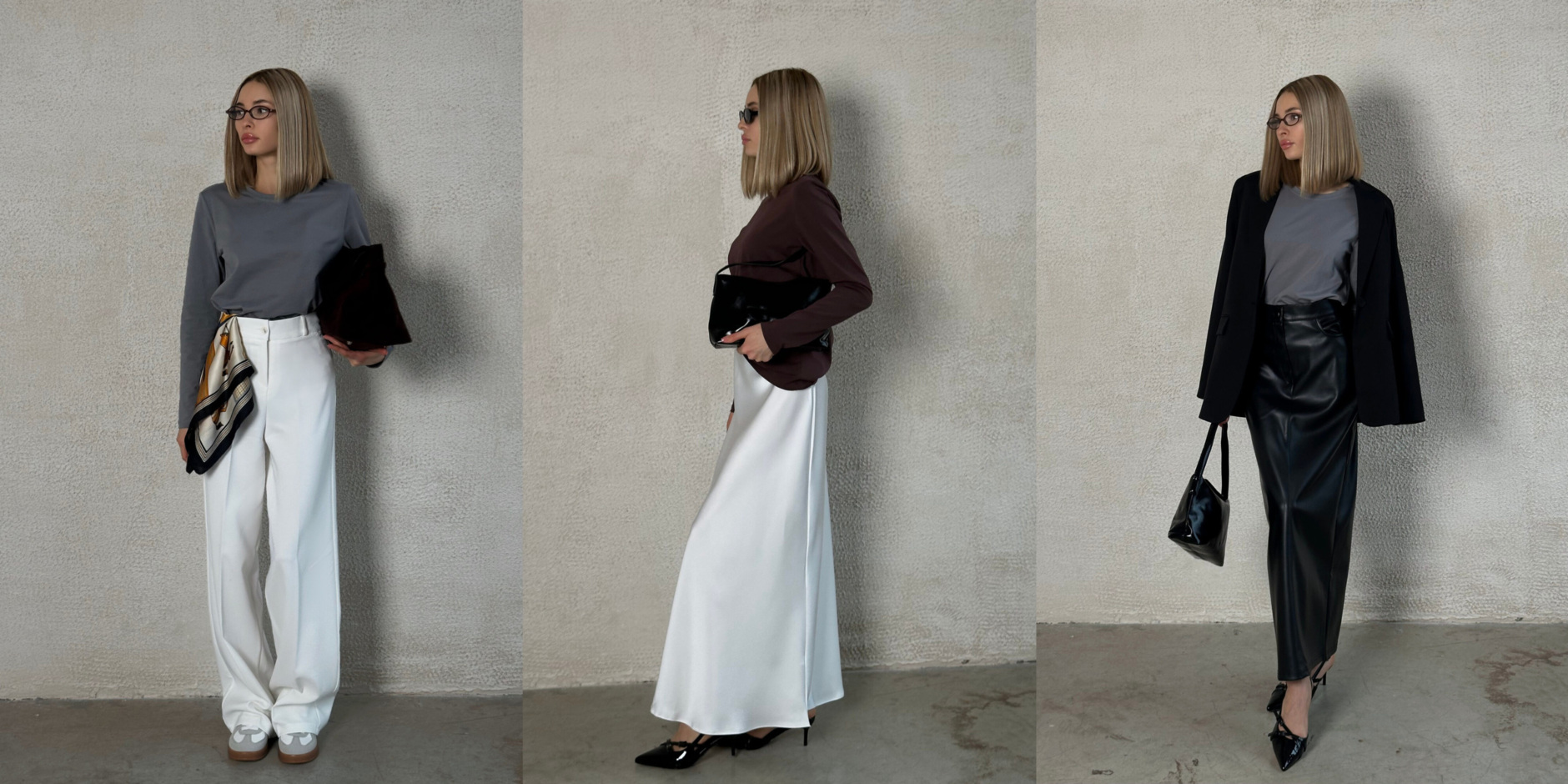
What would you like to say to those who are just starting out in the fashion industry?
Don't be afraid to combine different interests and directions. Everything that really fascinates you is valuable. If you're interested in fabric, architecture, photography , or psychology, it can all become part of your creative language. The main thing is to remain sensitive and be honest with yourself. Then the images will not just be beautiful, but lively.